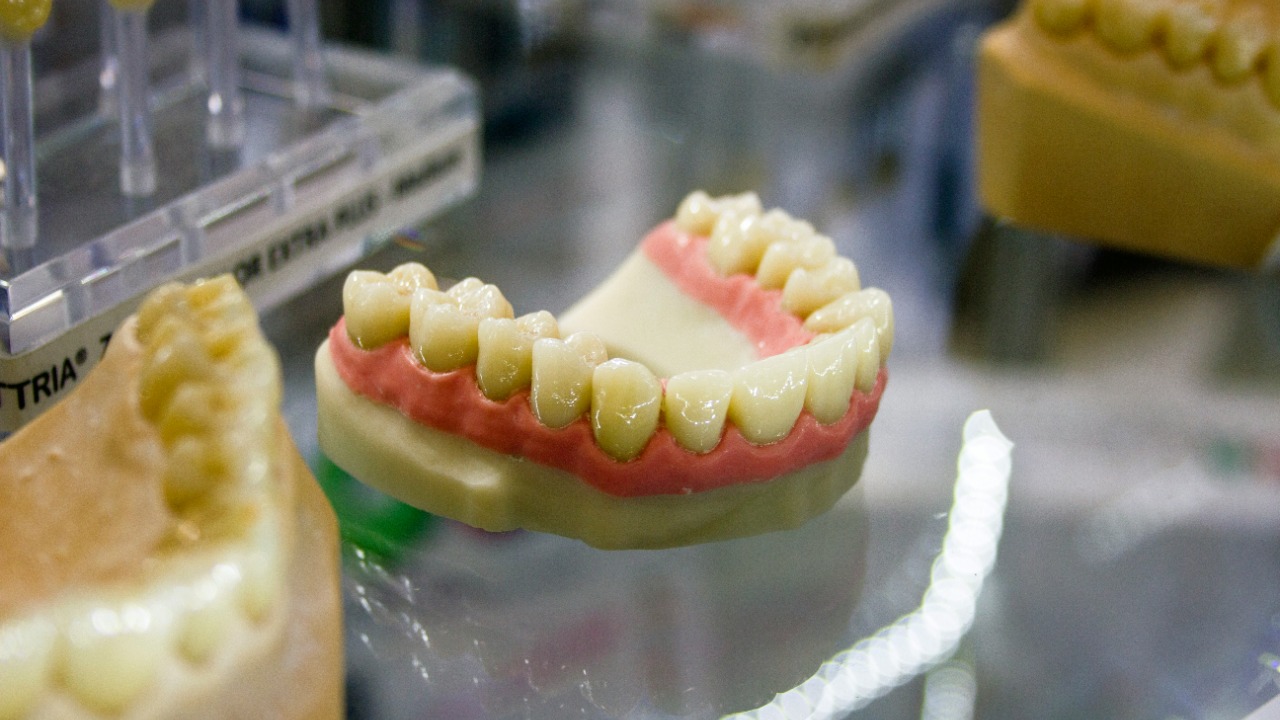
Japanese scientists have made a groundbreaking discovery in stem cell research that could revolutionize the treatment of dental loss. The recent study reveals the identification of two specific stem cells that hold the potential to regenerate both teeth and bone. This breakthrough could pave the way for growing new teeth as a solution for dental loss, rather than relying on dentures or implants.
The Role of Stem Cells in Regeneration
Stem cells have long been recognized for their remarkable ability to repair tissue. Their unique capacity to differentiate into various cell types makes them a promising tool in regenerative medicine. The recent Japanese research has shed light on how stem cells can be harnessed to differentiate into dental and bone-forming cells, opening up new avenues for treatment.
The study identified two specific stem cells that target tooth and bone regeneration. These cells could potentially address congenital edentulism, a condition characterized by the absence of one or more primary or permanent teeth. The discovery of these stem cells and their role in activating mechanisms for regrowing teeth is a significant advancement in the field.
Breakthrough Findings from Japanese Researchers
On October 2, 2025, Japanese scientists uncovered a stem cell mechanism that enables the regeneration of lost teeth. This mechanism works through targeted cellular activation, a process that could potentially lead to full tissue restoration. The findings have significant implications for patients with missing teeth due to injury or genetics.
The research identified stem cells that could regenerate both teeth and bone. This discovery supports the possibility of bone regrowth alongside dental structures, offering a comprehensive solution for patients with dental and skeletal deficiencies. The potential of these stem cells to facilitate full tissue restoration is a promising development in regenerative medicine.
Potential Applications for Tooth Regrowth
The possibility of regrowing teeth could revolutionize dental treatments, potentially replacing traditional dentures and implants. A study from July 22, 2025, outlines the process of using patients’ own cells to grow new teeth, a method that could be more effective and less invasive than current treatments.
The stem cell mechanism discovered by the Japanese researchers shows promise for natural tooth regeneration. This could have significant applications for congenital conditions like oligodontia, where the two stem cells could stimulate new tooth development without the need for surgical prosthetics.
Advancements in Bone Regeneration
The same two stem cells identified in the research could also regenerate bone tissue. This extends the potential applications of the discovery beyond dental regeneration to overall skeletal repair. The Japanese study highlighted the potential for bone regrowth, focusing on integrated dental and osseous regeneration.
Further research reported on October 13, 2025, provided broader examples of bone regeneration using these cells. These findings could have significant implications for injury recovery scenarios, where rapid and effective bone regeneration is crucial.
Challenges and Future Research Directions
While the discovery of the stem cell mechanism is promising, there are still hurdles to overcome before it can be applied in clinical settings. Following the October 2, 2025, findings, clinical trials are needed to ensure safe tooth regrowth. The two-cell discovery also requires further validation for bone and teeth integration.
Future research will build on the findings, with ongoing studies exploring how regrowing teeth could replace dentures. These studies will need to address ethical considerations and efficacy testing to ensure the widespread use of this treatment is both safe and effective.
Impact on Dental and Medical Treatments
The discovery of stem cells for teeth and bone regeneration could transform dentistry. Reports from October 13, 2025, suggest that biological solutions could replace invasive procedures, leading to less discomfort and faster recovery times for patients.
The benefits of this discovery could be particularly significant for aging populations. The Japanese mechanism targets lost teeth without the need for artificial alternatives, offering a more natural and comfortable solution. Furthermore, the two-cell approach detailed in the late 2025 research could lead to cost reductions, making regenerative therapies more accessible and affordable.
More from MorningOverview